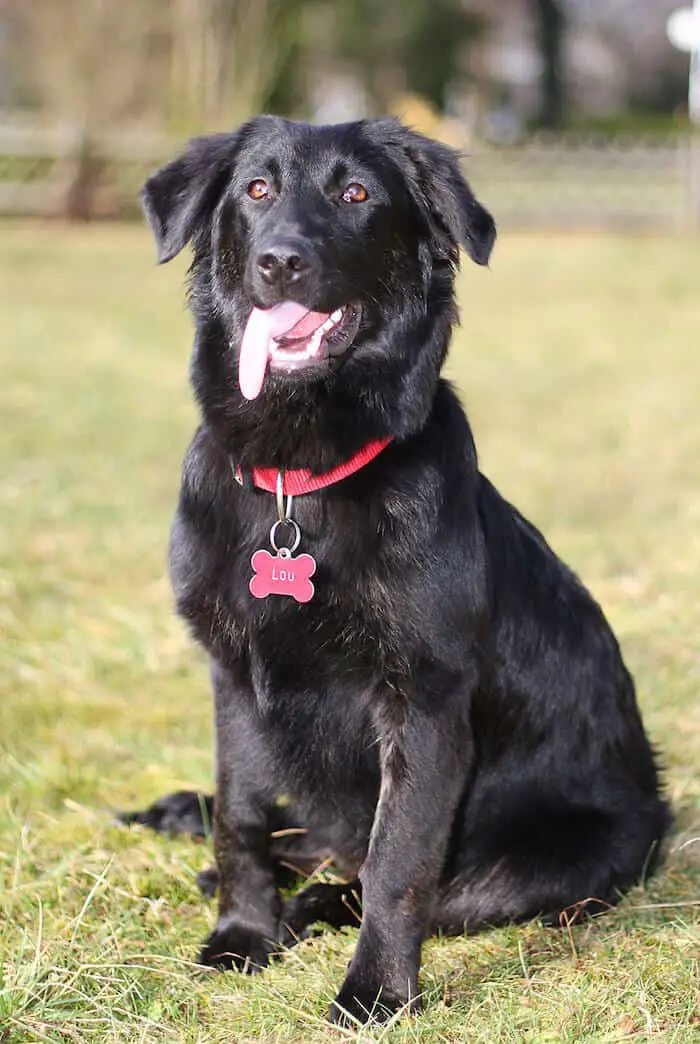
This phenotype has been characterized in Afghan Hounds and Salukis only. The E G allele is one of the rarest trait-associated alleles present in dogs, requiring specific genotype combinations at more than one locus in order to produce a domino or grizzle phenotype. The allelic variant e 1 is common and found in a wide variety of dog breeds, while the e 2 and e 3 alleles represent rare additional e variants found in Australian Cattle Dogs and white Alaskan and Siberian Huskies, respectively. The e 1–3 variants result in loss of gene function and consequently for dogs with the genotype e/ e only pheomelanin (yellow/red) pigment is present. The alleles in order of dominance at the E locus are: E M (melanistic mask) > E G (grizzle/domino) > E (wild type) > e 1–3 (recessive red). Melanocortin 1 Receptor ( MC1R), known as the E locus, represents the key signaling molecule on melanocytes inducing expression of enzymes responsible for eumelanin synthesis. This study demonstrates a large genotype screening effort to identify the frequency and distribution of the MC1R R301C variant, one of the earliest mutations captured by canine domestication, and citizen science empowered characterization of its impact on coat color.Ĭoat color in dogs is determined by expression of two melanin pigments, eumelanin (black/brown) and pheomelanin (yellow/red) and by spatial and temporal regulation of these pigments’ expression in the body and in the individual hair shaft. In the absence of dominant black, e A/ e A and e A/ e genotypes result in the coat color patterns referred to in their respective breed communities as domino in Alaskan Malamute and other Spitz breeds, grizzle in Chihuahua, and pied in Beagle. In dominant black ( K B /*) dogs it can prevent the phenotypic expression of the K locus, and the expressed coat color is solely determined by the A locus. Phenotype analysis of owner-provided dog pictures reveals that the e A allele has an impact on coat color and is recessive to wild type E and dominant to the e alleles. Based on current convention we propose that R301C should be considered a novel allele of the E locus, which we have termed e A for “e ancient red”. We detected no linkage disequilibrium between R301C and other tested alleles of the E locus. ResultsĬommercial genotyping of 11,750 dog samples showed the R301C variant of the MC1R gene was present in 35 breeds or breed varieties, at an allele frequency of 1.5% in the tested population. In addition, a previous study of archeological dog specimens over 10,000 years of age identified a variant p.R301C in the MC1R gene that may have influenced coat color of early dogs.

Allelic variation of the MC1R gene is associated with coat color phenotypes E M (melanistic mask), E G (grizzle/domino) and e 1–3 (recessive red) in dogs. The Melanocortin 1 Receptor (MC1R) plays a central role in regulation of coat color determination in various species and is commonly referred to as the “E (extension) Locus”.


 0 kommentar(er)
0 kommentar(er)
